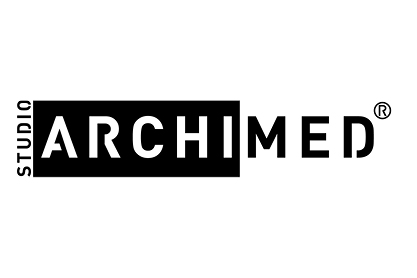
Die Vision des Designinstitut für Gesunde Gestaltung ist es, Räume, Produkte und Abläufe stärker an Gesundheit auszurichten. Hierzu forschen wir unter Einbezug empirischer Methoden, gestalten evidenzbasiert und vermitteln durch kontinuierliche Publikationen, Vorträge und Weiterbildungsangebote. Wir unterstützen unsere Kund:innen dabei, evidenzbasierte, nutzer:innenzentrierte Gestaltung zum Wohl von Menschen zu nutzen. Durch empirische Erhebungen mit Nutzenden, co-kreative Prozesse, Methoden des Experience Design und Recherchen zum interdisziplinären Stand der Forschung zeigen wir Bedarfe auf und adressieren diese in Konzepten und ausgestalteten Entwürfen. Dabei werden Abläufe ganzheitlich betrachtet, um das Zusammenspiel von Räumlichkeiten und digitalen Angeboten für alle Beteiligten zu optimieren.
Das Team

Dr. Jonas Rehn-Groenendijk
Gründer und Geschäftsführer
Jonas ist promovierter Designforscher und Industriedesigner. Er befasst sich in Forschung und Lehre vorrangig mit dem Zusammenhang zwischen Gestaltung, Verhalten und Erleben im Kontext der Gesundheitsförderung und Nachhaltigen Entwicklung. Er hat Lehrerfahrung in Deutschland, Schweiz und UK, ist Reviewer und Gutachter. Als Host des Podcasts „Gesunde Gestaltung“ will er Menschen und Ansätze der gesundheitsfördernden Gestaltung vermitteln. Er ist zertifizierter Präventologe.
Contact: jrg@gesunde-gestaltung.de

Jula Merkel, M.Sc.
Architekturpsychologie
Jula verfügt über Kenntnisse sowohl in der Psychologie (M.Sc.) als auch der Architektur (B.Sc.) mit Weiterbildungen in Architekturpsychologie und einschlägiger Büroerfahrung. Mit ihrer umweltpsychologischen Expertise und ihrem interdisziplinärem Wissenshintergrund unterstützt sie das Designinstitut für Gesunde Gestaltung sowohl im empirisch-wissenschaftlichen als auch konzeptionell gestalterischen Bereich.
Kontakt: jm@gesunde-gestaltung.de
Expertenrat aus Wissenschaft und Praxis
Je nach Projekterfordernissen kann das Designinstitut auf einen Beirat aus Expert:innen zurückgreifen, der im Hinblick auf Prozessschritte, Ergebnisse und Qualitätsstandards die Arbeit des Designinstitut durch fachkundige Rückmeldungen unterstützt. Hierzu zählen zum heutigen Stand:
Expanded team

Je nach Projektanforderungen bezieht das Designinstitut die Expertisen eines interdisziplinären Netzwerks mit ein. Dazu zählen Mediziner:innen, Pflegepersonal, Psychotherapeut:innen, Sportwissenschaftler:innen, Architekt:innen, Webentwickler:innen und weitere.












